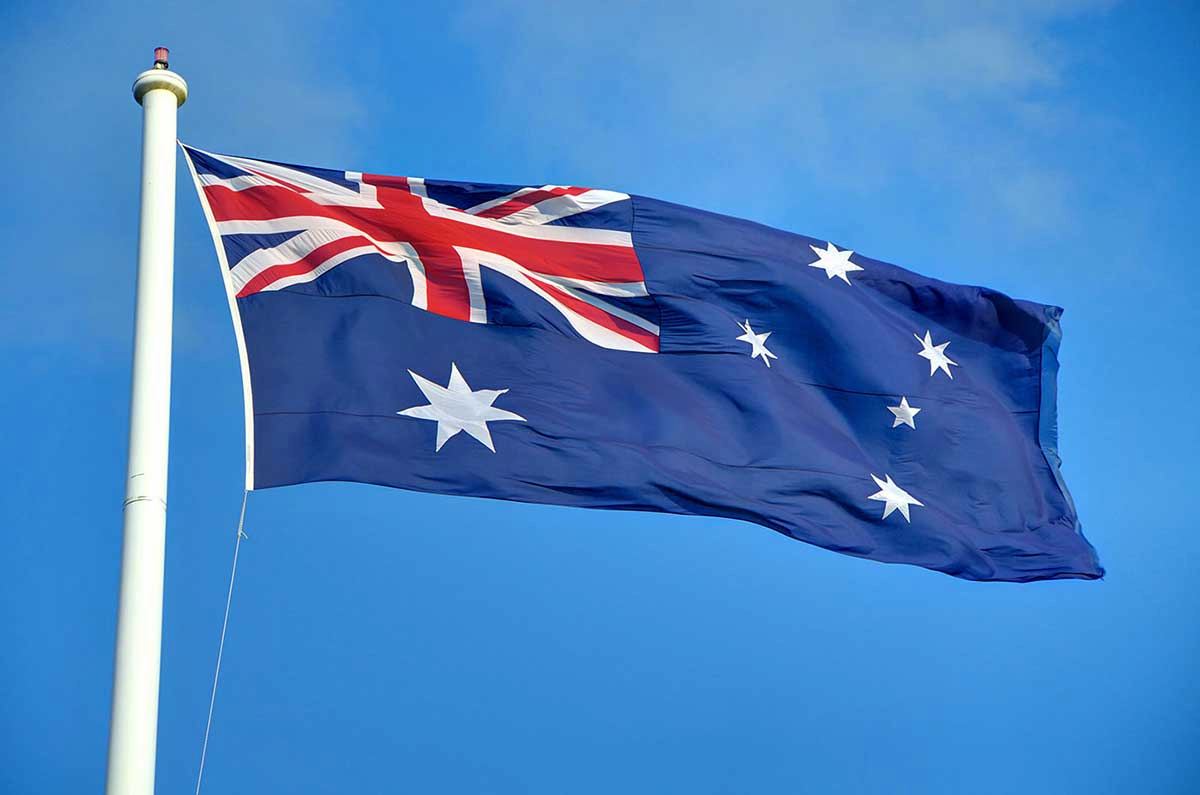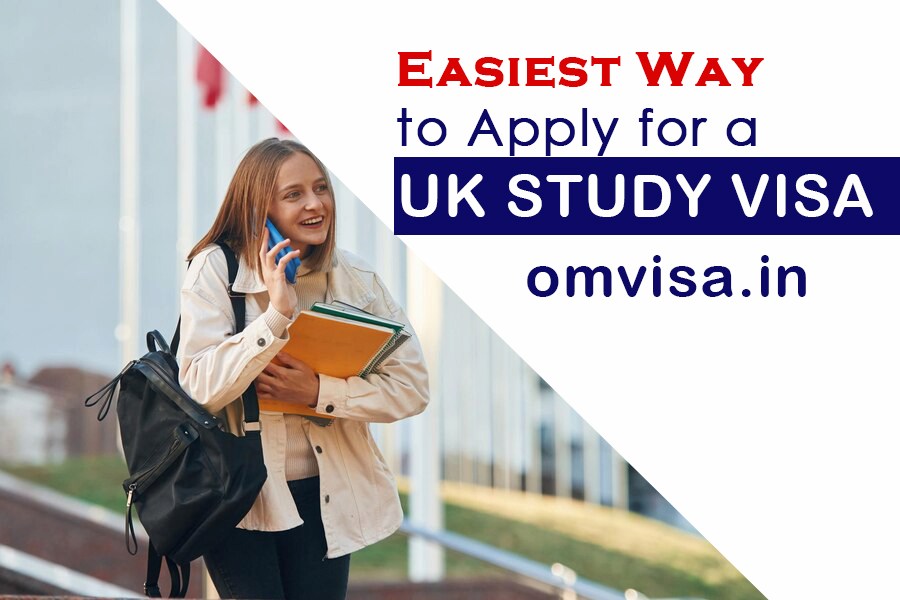UK ‘s New Family Visa Income Requirement Faces High Court Challenge
The policy initiated by British Prime Minister Rishi Sunak to increase the minimum income requirement

Your Gateway to Seamless Global Travel!

The policy initiated by British Prime Minister Rishi Sunak to increase the minimum income requirement

The dream of studying in Australia just got a bit more financially challenging for international

The United Kingdom is one of the top destinations for international students seeking high-quality education,

In a major shift in New Zealand’s immigration policy, significant changes to the Accredited Employer

Canada has introduced an exciting change for international students, increasing the off-campus work limit to

Luxembourg, one of the wealthiest nations in Europe, is an attractive destination for professionals worldwide,

International students in Toronto are facing significant changes as a new federal rule limits their
